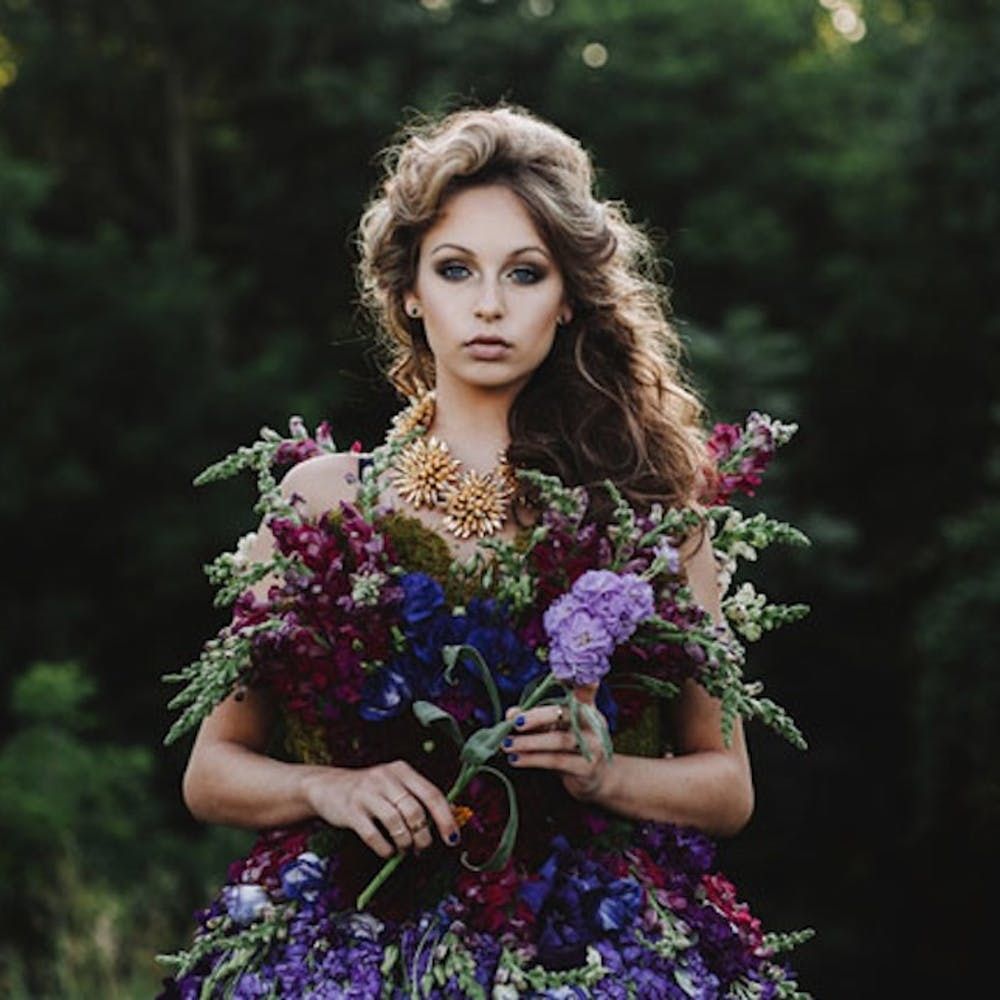Treehouse aesthetic is not only a charming decor trend, but it also evokes a sense of nostalgia, whether you grew up with one or simply wished you had. Santa Barbara architect Dylan Henderson and designer Bailee Roberts have reimagined a 1960s hillside home into a stunning modern retreat inspired by the magic of treehouses. Perched among California’s iconic coastal oaks, this home embraces its natural surroundings, offering breathtaking views of the Santa Barbara harbor and the rolling mountains beyond. It’s the kind of place that inspires daydreaming — it's my ultimate someday escape.
Here are 12 home decor ideas I'm stealing from this modern treehouse retreat.
Gavin Cater
1. Exposed Wood Beams
This project was a full gut renovation, designed to blend with the natural landscape while bringing the homeowners' vision to life. The couple, both in their 60s, wanted a home that felt nestled in the oak canopies of the Honda Valley Preserve while making the most of the light and sweeping views.
Gavin Cater
From the moment you step inside, wood beams pull the outdoors in, setting the tone for the entire space. The clients envisioned a retreat that felt both elevated and deeply connected to nature — warm, inviting, and sophisticated.
Erin Feinblatt
2. Floor-to-Ceiling Windows
The team wanted to maximize the ocean and mountain views by increasing the roof height and fenestration on the Southern façade. They also introduced upper west-facing clerestory windows to welcome the warm afternoon light. The result? Sweeping ocean vistas that take center stage, while natural light floods in throughout the day.
Erin Feinblatt
3. Folding Doors
The design team rebuilt the existing 1960s home to feel like a "treehouse in the sky." The folding door system blurs the line between indoors and out, extending the living space and creating a seamless flow to the deck.
Gavin Cater
When opened, they expand the home's footprint while framing breathtaking views, making the transition between inside and nature feel almost invisible.
Gavin Cater
4. Cozy Yet Refined Furniture
The result is a warm, multi-layered sanctuary — an elevated treehouse retreat that blends with its natural surroundings while revealing a refined yet cozy charm.
Gavin Cater
5. Shelfie Perfection
Balancing tradition and modernity, Bailee combined the couple’s beloved antiques and heirloom pieces with contemporary furnishings and carefully curated fixtures. This shelfie is a thoughtfully layered mix of books, pottery, antiques, and personal treasures — designed to be both visually striking and inherently soothing.
Gavin Cater
6. Fluted Island
Fluted kitchen islands are a hot trend right now and I love the architectural detail and modern aesthetic it brings to the space.
Gavin Cater
Adding a gentle curve at the end of the kitchen island enhances both form and function — creating a more visually dynamic focal point while also maximizing space and flow.
Erin Feinblatt
7. Layered Lighting
Want to create ambience in the kitchen? By combining different sources, layered lighting enhances the mood and versatility of a space, making any room feel more inviting and well-designed. Sconces here add warmth while the pendant chandelier above creates a statement while diffusing light beautifully.
Gavin Cater
8. Earthy Palette
Sunlight pours into the home, accentuating the rich woods, organic textures, and an earthy palette that enhances the seamless indoor-outdoor flow.
Erin Feinblatt
9. Statement Artwork
This vintage goose painting beautifully echoes the room’s palette while adding an almost whimsical energy. The expressive pose of the goose brings a sense of movement and charm, making it both a statement piece and a harmonious accent.
Erin Feinblatt
10. Floating Sink
Floating sinks are a game-changer for smaller bathrooms, creating the illusion of more space while maintaining a sleek, elegant look. Marble is also a hot trend we love for kitchens and baths.
Gavin Cater
11. Entertaining Deck
Outdoor living is essential, and this deck is the perfect extension of the Santa Barbara treehouse — designed for lounging, dining, and entertaining while embracing the beauty of the surroundings.
Gavin Cater
12. Modern Landscaping
Modern landscaping transforms the curb appeal by blending clean lines, native plants, and strategic lighting for a polished yet inviting look. Thoughtfully placed greenery, sculptural hardscaping, and layered textures create depth and dimension, while sustainable elements like drought-tolerant plants elevate the home's exterior.
Subscribe to our newsletter for more home decor ideas!
Brit + Co may at times use affiliate links to promote products sold by others, but always offers genuine editorial recommendations.


